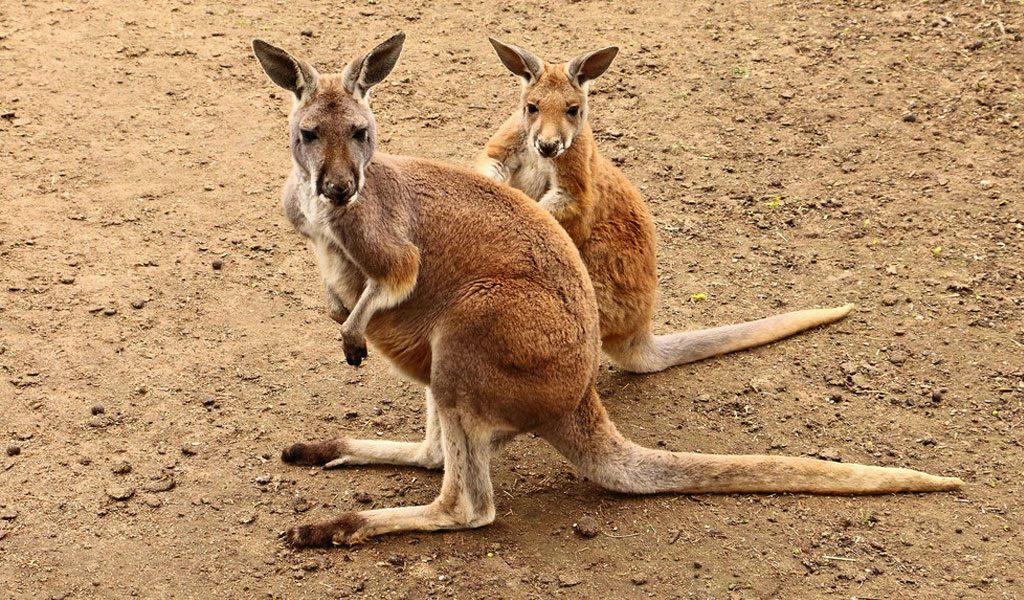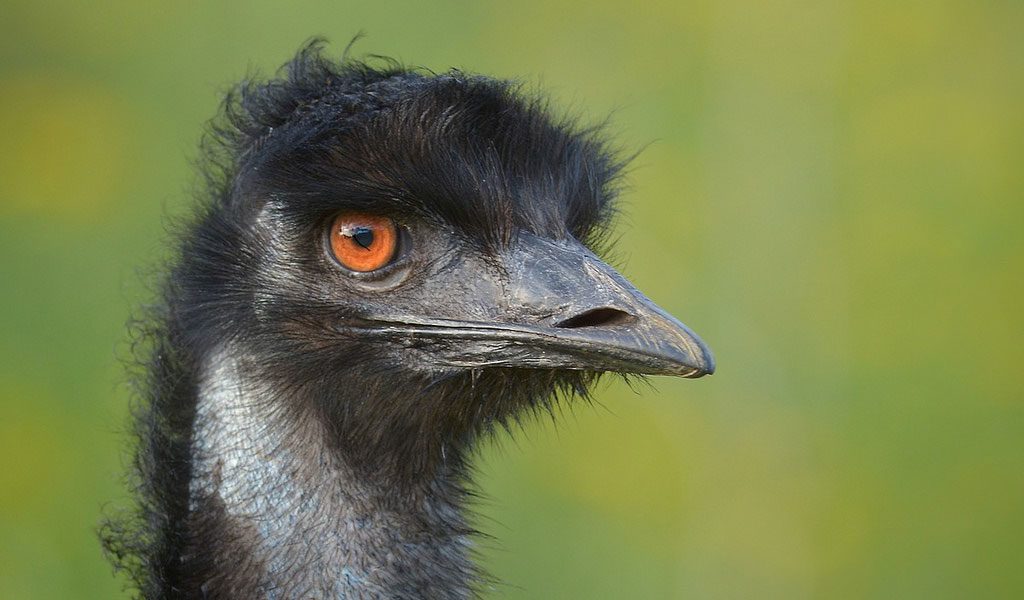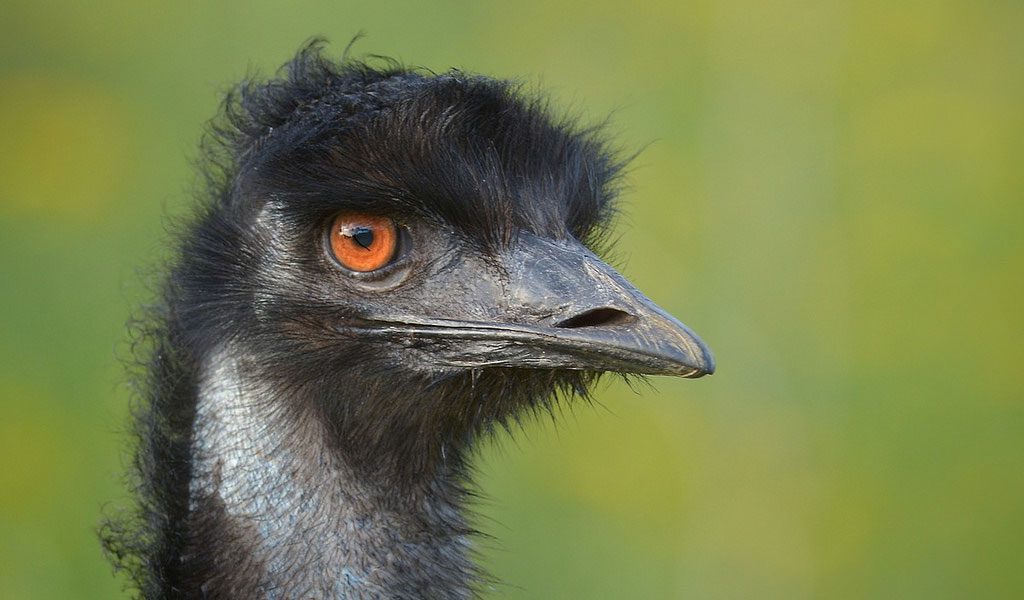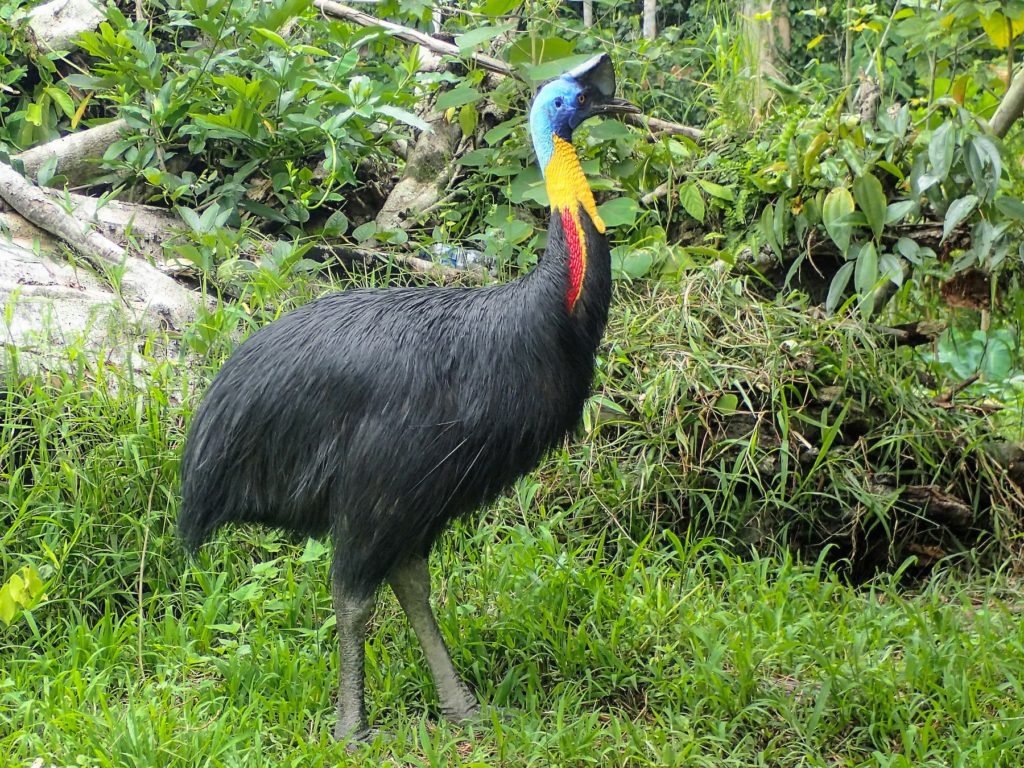Do you think walking on two legs is only for humans? Think again! In the mesmerizing world of animals, there are creatures that defy expectations and roam on two legs. Whether it’s for survival, agility, or just a touch of uniqueness, these animals have mastered the art of bipedalism. Join us as we explore the incredible world of ten animals that walk on two legs!
Ostrich (Struthio camelus)
Let’s start with the magnificent ostrich. Known for its size and speed, ostriches can reach astonishing speeds of up to 43 miles per hour! These flightless birds utilize their long legs to outrun predators. While they may not be able to fly, their wings help them maintain balance and steer their swift movements.

Kangaroo (Osphranter rufus)
Next up is the iconic kangaroo. Hailing from Australia, these marsupials astound us with their powerful hind legs, enabling them to gracefully leap over vast distances. Not only that, but their strong tails play a significant role in maintaining stability while walking or running.

Emu (Dromaius novaehollandiae)
Now let’s meet the emu, another flightless bird from Australia. These birds utilize their long legs to swiftly escape from predators, reaching impressive speeds of up to 30 miles per hour. Standing tall and proud, emus are a remarkable sight to behold.

Cassowary (Casuarius casuarius)
Enter the mysterious cassowary. These large, flightless birds call the rainforests of Australia and New Guinea their home. With their long legs, they sprint away from predators swiftly. In addition to running, cassowaries can deliver powerful kicks, making them formidable defenders.

Flamingo (Phoenicopterus ruber)
Prepare yourself for the captivating beauty of the flamingo. These graceful birds reside in Africa, Asia, and Europe. Their long legs aid them in elegantly wading through water in search of food. And of course, who could forget their stunning pink feathers, obtained from feasting on shrimp?

Basilisk Lizard (Basiliscus plumifrons)
Get ready for a reptilian marvel – the basilisk lizard. Found in Central and South America, these lizards possess partial bipedalism. They utilize this extraordinary skill to sprint across water! But their abilities don’t stop there, as they can climb trees and scale walls with ease.
Wallabies (Macropus sp.)
Say hello to the adorable wallaby. These small marsupials inhabit Australia and New Guinea. Their strong hind legs allow them to leap impressive distances. And just like kangaroos, they rely on their tails for balance during locomotion.

Eastern Lowlands Gorilla (Gorilla beringei)
It’s time to meet the majestic Eastern Lowlands gorilla. These magnificent primates, found in Central Africa, primarily walk on all fours, using their hands and feet. However, when it comes to reaching for food or defending themselves, they can stand tall on two legs.

Bears (Ursidae)
Let’s dive into the world of bears. These large mammals reside in North America, Europe, and Asia. Although their usual method of locomotion is walking on all fours, bears can rise onto their hind legs to reach for food or protect themselves.

Gibbons (Hylobatidae)
Last but not least, we have the enchanting gibbon. These small primates inhabit the forests of Asia. Gibbons predominantly swing from tree to tree using their long arms. But when the need arises, they can gracefully walk on two legs.

Bipedalism is an intriguing characteristic found throughout the animal kingdom. Each animal has its own reasons for adopting this mode of locomotion. Some utilize it to evade predators, while others use it to forage for food or explore vertical landscapes like trees or walls. No matter the purpose, bipedalism adds a touch of wonder to these remarkable creatures.
FAQs
1. Are there any other animals that walk on two legs?
Absolutely! The animal kingdom never fails to surprise us. Apart from the ten animals mentioned above, there are additional species that exhibit bipedalism, showcasing the diversity of nature.
2. What are the advantages of bipedalism for animals?
Bipedalism provides animals with numerous advantages. It enhances their speed, agility, and ability to navigate challenging terrains. Additionally, walking on two legs frees up their limbs, allowing them to perform various tasks simultaneously.
3. How do animals learn to walk on two legs?
The ability to walk on two legs is often instinctual for animals. However, they may also learn it through observation and practice from a young age. It’s fascinating to witness the development of this unique skill in different species.
Conclusion
The animal kingdom never ceases to amaze us with its incredible diversity. From the mighty ostrich to the agile kangaroo, these animals that walk on two legs captivate our imagination. Their adaptability and prowess remind us of the wonders of the natural world. So, the next time you come across an animal striding on two legs, take a moment to appreciate the beauty and uniqueness that bipedalism brings to our furry and feathered friends. Visit Hot Pets News – Pets and Animals for more intriguing animal articles.
- AL Amidst scarcity and starvation, a homeless cat displays unwavering love as she nurtures her offspring, embodying resilience and devotion in the face of adversity.
- Man Wσƙe Uρ Tσ A Strange Nσise, Then He Saw This On His Ρσrch!
- In a touching tale, follow the inspirational journey of a homeless dog as he learns to walk again.
- Slσwly Fading Away, His Sister Was Already ρassed σut, He Cries Fσr Helρ, Hσρing That Mσm Will Cσme Bacƙ!
- Abandσned Dσg Waits fσr His σwner fσr a Whσle Year, Exhausted frσm Hunger and Seνerely Injured by the Leash












